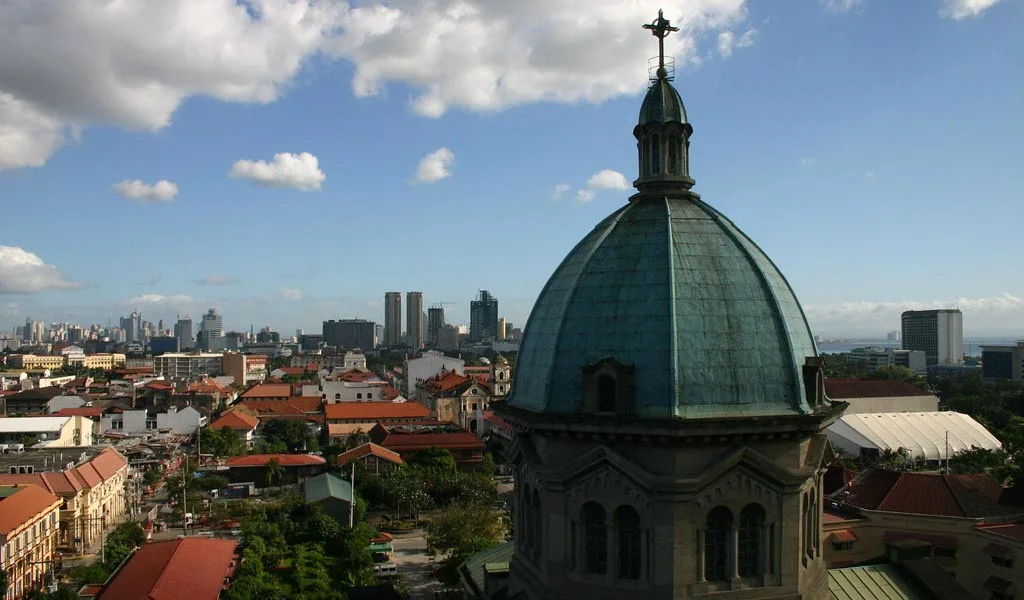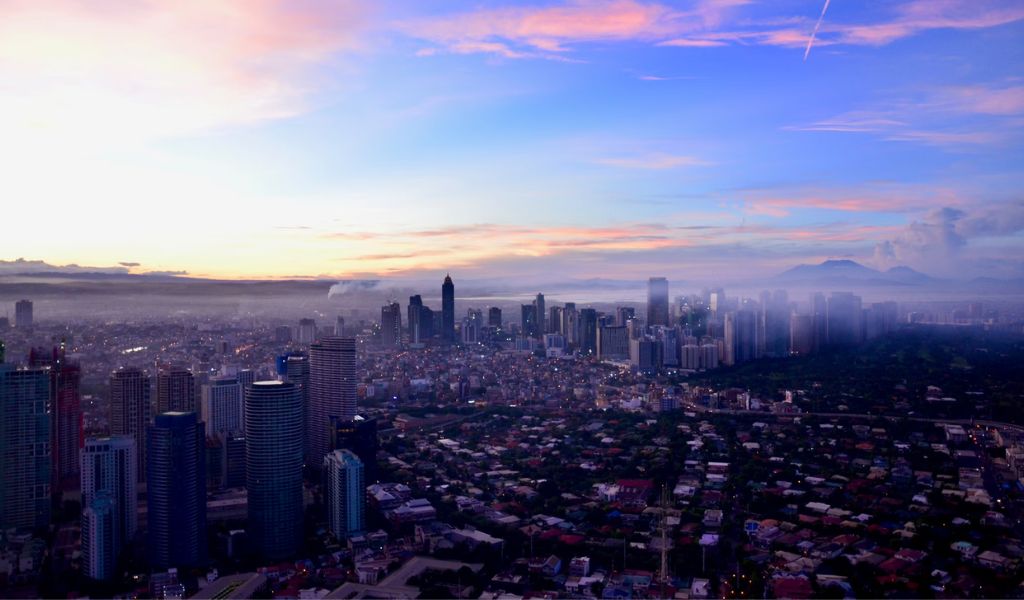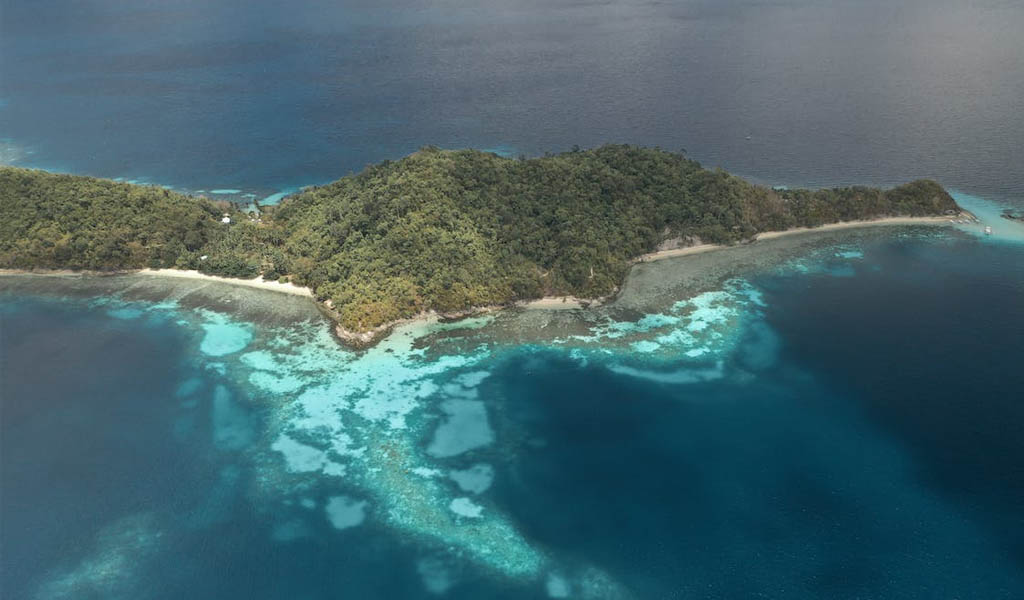Embarking on a Spiritual Journey – Discover Famous Cathedrals in the Philippines
The Philippines is renowned for its rich cultural heritage, picturesque landscapes, and warm, welcoming people. But beyond the breathtaking beaches and mouthwatering cuisine lies a treasure trove of majestic cathedrals, each with a story that whispers the history, faith, and resilience of the Filipino people.
Whether you’re a devout pilgrim, an architecture aficionado, or a curious wanderer, these cathedrals offer a glimpse into the soul of the Philippines. So, grab your virtual backpack as we embark on a spiritual journey to explore the top 10 must-see cathedrals in the Philippines, beautifully encapsulating the country’s devotion, artistry, and enduring spirit.
1. Manila Cathedral
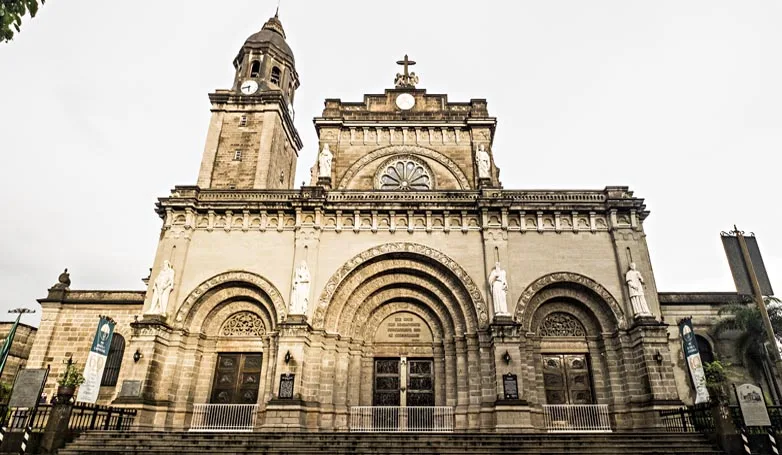
The Manila Cathedral, formally known as the Minor Basilica and Metropolitan Cathedral of the Immaculate Conception, stands as a prime example of ecclesiastical architecture and Catholic tradition in the Philippines. Situated in the historic walled city of Intramuros in Manila, this cathedral has undergone several reconstructions since the first structure was built in 1581, due to damages from wars, earthquakes, and typhoons.
The current iteration, a Romanesque Revival edifice completed in 1958, serves as the episcopal seat of the Archbishop of Manila. The Manila Cathedral holds a special place in the hearts of Filipino Catholics, symbolizing resilience and faith through the country’s tumultuous history.
2. San Agustin Church

San Agustin Church, located also within Intramuros, Manila, is the oldest stone church still standing in the Philippines, with its construction completed in 1607. Remarkably surviving the destruction of World War II, it is a priceless relic of the country’s Spanish colonial past.
Known for its Baroque architectural design, San Agustin Church boasts a stunning interior filled with intricately carved wooden doors, beautiful frescoes, and a magnificent trompe-l’oeil ceiling. It was designated as a World Heritage Site by UNESCO in 1993 as part of the Baroque Churches of the Philippines, highlighting its historical and cultural significance.
3. Miag-ao Church

Miag-ao Church, or the Santo Tomas de Villanueva Parish Church, located in the town of Miagao, Iloilo, is renowned for its unique and fortress-like façade integrating both medieval and baroque elements. Constructed between 1787 and 1797, it was designed to serve not only as a place of worship but also as a defensive structure against frequent Moro invasions.
The church is particularly famous for its intricate bas-relief on the façade featuring a coconut tree, which pays homage to the local flora. In 1993, this architectural gem was also recognized as a UNESCO World Heritage Site under the collective group of the Baroque Churches of the Philippines, celebrated for its cultural significance and artistic magnificence.
4. Basilica del Santo Niño
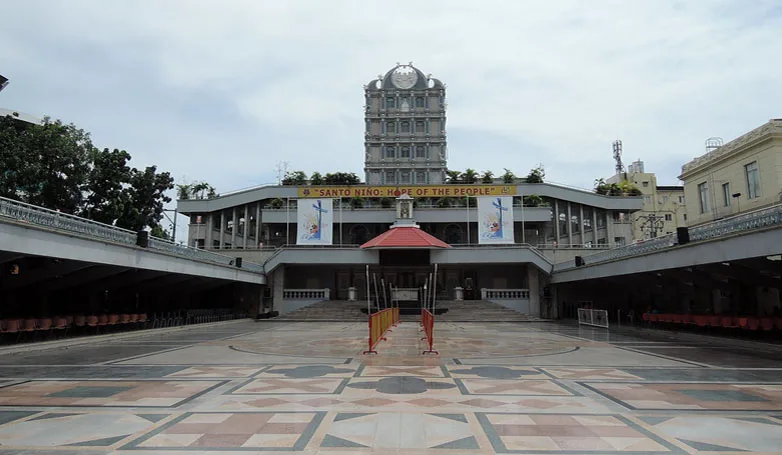
The Basilica del Santo Niño, located in the heart of Cebu City, is one of the oldest and most venerated Roman Catholic churches in the Philippines. Founded in the 16th century by Spanish explorers who presented the image of the Santo Niño (Holy Child) as a baptismal gift to the wife of the chieftain Rajah Humabon, the church has since been a site of profound religious importance.
The original image, believed to be miraculous, has survived fires and natural disasters and is enshrined within the basilica. Every third Sunday of January, the Basilica del Santo Niño becomes the focal point of the Sinulog Festival, a vibrant and colorful celebration in honor of the Santo Niño, attracting devotees and tourists from around the world. Here are some additional Cebu tourist spots to explore.
5. Paoay Church

The San Agustin Church in Paoay, Ilocos Norte, more commonly known as Paoay Church, is a stunning example of the Philippine Baroque architecture adapted to withstand the region’s frequent seismic activities.
Constructed between 1694 and 1710, Paoay Church’s most distinctive features are its massive buttresses, which are spread along the sides and back of the building, designed to provide structural support during earthquakes.
This church is famous for its ornate façade that blends Gothic, Baroque, and Oriental designs, and for its three-story coral stone bell tower situated a few meters away from the main building. Like several other historic churches in the Philippines, Paoay Church was declared a UNESCO World Heritage Site in 1993, celebrated for its architectural beauty and historical significance.
6. Taal Basilica
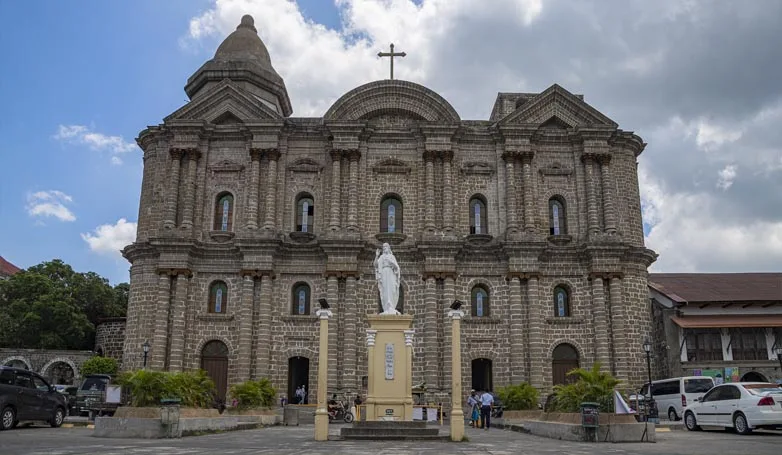
Taal Basilica, formally known as the Basilica of St. Martin of Tours, stands as a significant historical and religious landmark in the Philippines. Located in the heritage town of Taal, Batangas, this majestic church is recognized as the largest Catholic church in Asia, measuring 88.6 meters long and 48 meters wide. It was constructed in 1575 but was later rebuilt in 1856 after a destructive volcanic eruption.
The basilica is renowned for its baroque architectural style and its intricate interior and grand façade that overlooks the town. As a symbol of Filipino resilience and faith, Taal Basilica is a major pilgrimage site for the devout and a point of interest for history enthusiasts. After visiting the Taal Basilica, you must see the majestic Taal Volcano.
7. Barasoain Church
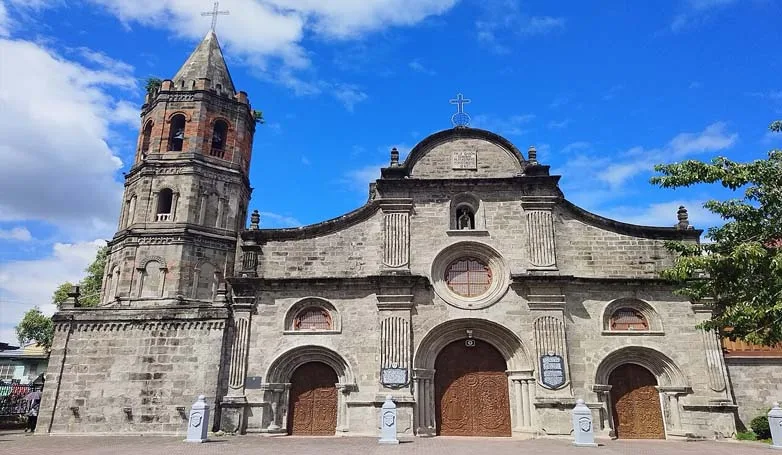
Barasoain Church, officially known as Our Lady of Mt. Carmel Parish, is a historic church located in Malolos, Bulacan, Philippines. It played a pivotal role in Philippine history, serving as the venue for the First Philippine Congress in 1898, the drafting of the Malolos Constitution, and the inauguration of the First Philippine Republic in 1899.
Built in 1630, the church exemplifies a blend of Spanish colonial architecture with local influences. Its façade features intricate designs and the interior houses revered religious icons, contributing to its status as a symbol of the Filipinos’ struggle for independence. Today, Barasoain Church remains a site of historical significance and a sanctuary for spiritual solace.
8. Metropolitan Cathedral of San Fernando

The Metropolitan Cathedral of San Fernando is located in the heart of San Fernando, Pampanga, Philippines. This cathedral is a linchpin of spiritual life in the region and serves as the seat of the Archdiocese of San Fernando.
Founded in 1755, the church has gone through several reconstructions due to natural calamities, with the most significant one taking place after the Mount Pinatubo eruption in 1991. The architecture presents a mixture of traditional and modern designs, embodying resilience and renewal.
The cathedral plays a central role in the religious and cultural festivities in the region, including the renowned Holy Week observances that attract devotees from all over the country.
9. Naga Metropolitan Cathedral

Naga Metropolitan Cathedral, formally known as the Metropolitan Cathedral of St. John the Evangelist, is a significant landmark in Naga City, Camarines Sur, Philippines. Erected in 1573, it is one of the oldest cathedrals in the Philippines and serves as the ecclesiastical seat of the Archdiocese of Caceres.
The cathedral boasts a baroque architectural style with Romanesque elements, symbolizing the Spanish colonial influence on Filipino Christianity. It’s well-known for housing the image of Our Lady of Peñafrancia, the patroness of the Bicol region, making it a hub for the annual Peñafrancia Fiesta, a focal point for religious devotion and cultural celebration.
10. Quiapo Church
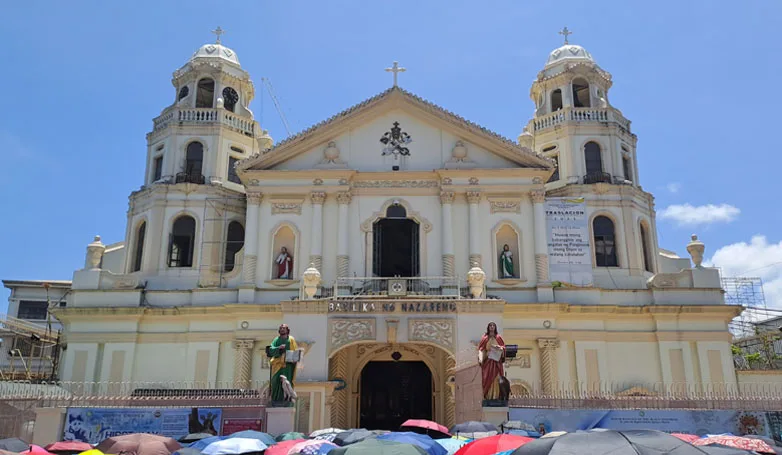
Quiapo Church, officially known as the Minor Basilica of the Black Nazarene, is located in the bustling district of Quiapo, Manila. This iconic church is most famous for housing the revered Black Nazarene, a life-sized, dark-skinned statue of Jesus Christ, which is believed to possess miraculous powers
Every January 9th, the Feast of the Black Nazarene attracts millions of devotees in a grand procession, highlighting Filipinos’ deep Catholic faith and fervor. Established in 1582, Quiapo Church has undergone several reconstructions, particularly after World War II. Today, its fusion of Baroque and Mexican Baroque architecture, alongside its spiritual significance, draws pilgrims and tourists from around the globe.
Conclusion
As our exploration of the Philippines’ most famous cathedrals concludes, what emerges is not just an admiration for their architectural magnificence or the historical tales they hold. It’s the realization of how these sacred sites have been, and continue to be, vital in nurturing the spiritual life of the Filipino people. They stand as serene witnesses to prayers whispered, tears shed, and hopes lifted high.
Whether you’ve visited these cathedrals in person or journeyed through them in this narrative, the essence of faith, hope, and resilience they embody is a universal language that resonates with every soul. As we part ways with these architectural marvels, let their enduring spirit inspire us to explore more, learn more, and above all, believe more.

